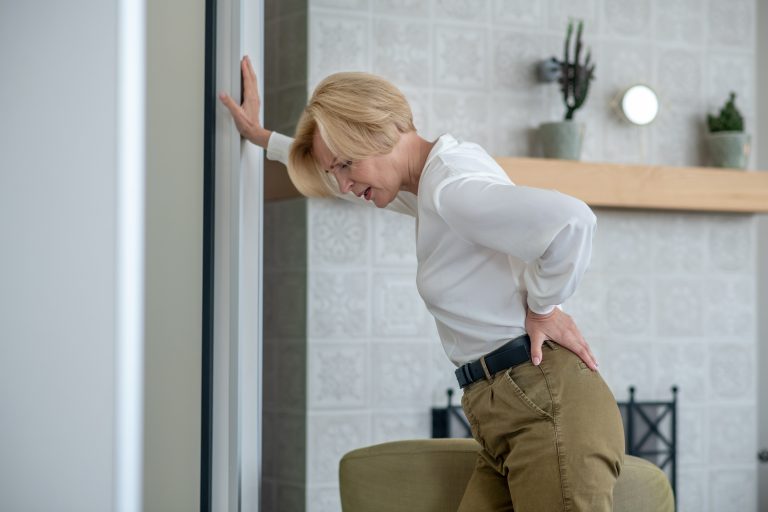A bone spur is a term for an osteophyte, which are smooth growths of bone that develop as the body’s natural response to friction or stress. These growths can occur throughout the body but the most common location is the spine as a result of conditions like degenerative disc disease or osteoarthritis. These conditions cause inflammation due to increased bone-on-bone contact that results in the growth of bone spurs.
Although not necessarily painful, spinal bone spurs can cause narrowing or stenosis in the spinal column that leads to nerve compression. Bone spurs in the lumbar (lower) region of the spine often results in lower back pain, among other symptoms that require a course of treatment. The following information about bone spur treatment can help you be a more informed and engaged patient if this condition is affecting your life.
Four Ways to Relieve Bone Spur-Related Lower Back Pain
Talk to your doctor about these options for bone spur relief if you haven’t already:
- Modify your activities and make lifestyle changes. Practicing better posture while sitting, standing, and moving can take pressure off the spine while losing weight decreases the load it has to support. If you have a job that requires repetitive movements, use a brace to stabilize your back and use proper lifting and movement techniques.
- Physical therapy and exercise. Physical therapy sessions can help improve mobility and teach you movements that decrease pain. Perform properly, exercising has a range of benefits, including strengthening core muscles, improving cardiovascular health, and helping to manage weight. All of these can potentially help relieve pain and inflammation related to a bone spur.
- Over-the-counter or prescription medications. Your doctor may recommend either pain medication or anti-inflammatory drugs to take during flare-ups of pain. You may also be given spinal injections that can relieve pain and inflammation for a period of weeks or longer.
- Spine surgery. While patients can often find relief from lower back pain without the need for surgery, others find that symptoms do not improve; even after weeks or months. In this case, spin surgery can enable a surgeon to remove bone spur material that is causing painful nerve compression.
Minimally Invasive Spine Surgery at BEST Health System
If you are considering spine surgery to treat a bone spur, contact BEST Health System today. Our minimally invasive spine surgery is a safer and more effective alternative to traditional open spine surgery, offering our patients less risk of complication and a shorter recovery period.
